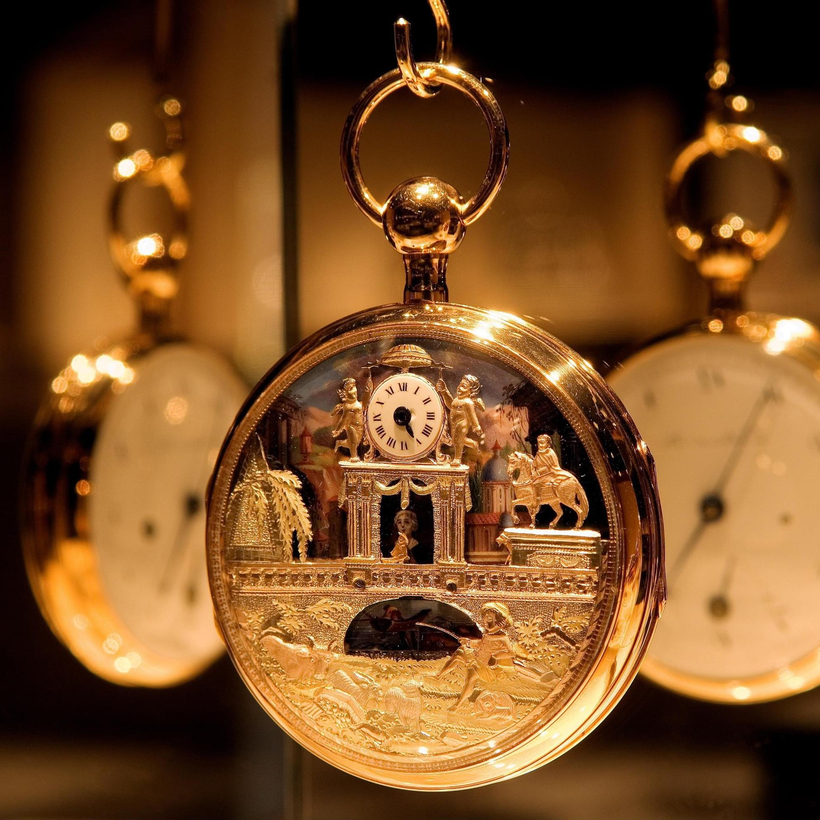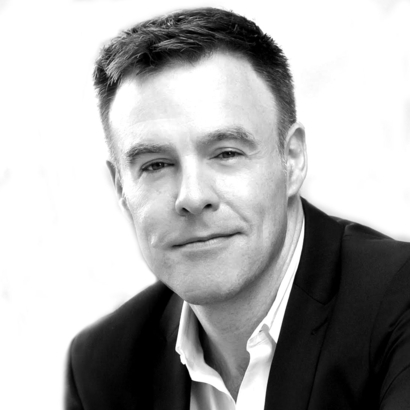Hermès’s Birkin bag is more than an exclusive, elusive accessory—it’s a pop-culture phenomenon. That’s partly due to the mystery surrounding exactly how to buy one. Is there a waiting list or does one simply have to spend enough on ashtrays and scarves?
We may never know, but the purchasing model is almost as innovative as the handbag itself. No wonder so many other brands are aping it. “It’s happening in cars, high-end watches, and jewelry—and it’s not always official,” says Winston Chesterfield, of Barton, a consultancy that advises luxury brands on trends in consumer behavior. “It stems from a sense of greater exclusivity, tribal identity, and snobbery.”
This extreme exclusivity also extends to run-of-the-mill trunk shows and collection unveilings at the boutiques of French and Italian luxury brands. Those invitations are now primarily going to highly vetted V.I.P.’s, explains Stuart McNeill. He runs the high-end concierge firm Knightsbridge Circle, which helps identify and connect these houses to ultra-high-net-worth shoppers. “We have investigators who work for us,” he says. “We’re doing an event in Palma, in Majorca, at the end of May with [a globally renowned French brand], and they take a week sometimes to do their digging and make sure [they know] the guests.”

Ferrari is making—and selling—fewer cars than ever and offering them to only highly vetted collectors. “You have to become an owner of more inferior models first,” explains Chesterfield. Patek Philippe has a similar approach. “There is a list of special collectors who can see, let alone buy, the special models,” he says.
These days, money alone no longer talks. And while this has always been true in real estate—as anyone who has suffered through a co-op board interview in Manhattan can attest—the snobbishness has been eclipsed by new vacation-home developments. Potential buyers of one of the multi-million-dollar homes at Monaco’s land-reclamation project Mareterra had to meet with the developers personally to be vetted. (Don’t even think about sending a middleman from your family office.)
The developer John Caudwell, who made his fortune with a democratically named enterprise called Phones4u, is similarly persnickety about the buyers of 1 Mayfair, his new condominium building on Audley Square, in London. He grandly calls it “the world’s most prestigious address.” “It has to be filled with the world’s most prestigious people—those who have good moral values and so on,” he told The Times of London. So, like the Mother Teresas of the billionaire set?

The snobbery even applies to the wellness world. Sha, a chain of spas, is selling condos in a new development called Sha Emirates Island on a private island near a place called AlJurf. Potential buyers must prove their commitment to wellness along with their liquidity.
Predictably, Sha’s publicists are non-specific when pressed on how, exactly, one must do this. (Is a low B.M.I. or a Goop subscription enough?) But they do cop to “a selective and exclusive application process that ensures we build a community of like-minded individuals who value clinical/holistic health and conscious living.” Obese billionaires need not apply. (Sorry, Trump.)
It’s an especially strange moment for all this snobbishness given the collective panic among the luxury sector about the impending trade wars. So why do so many brands cling to this extreme exclusivity? The answer, says Chesterfield, is simple: recent decades of unprecedented prosperity (especially in markets such as India and China) have generated too many rich people. Now a glut of nouveaux riches are jockeying for primacy with the existing upper class—and everyone wants early access to the good stuff. For luxury brands, he says, it’s vital to exert some control on those arrivistes to ensure that no brand value is lost in the shuffle.
Chesterfield believes that brands are also tapping into our innate masochism: we all want most what we can’t have, which also explains why people are waiting in line in all sorts of weather for the opportunity to spend tens of thousands of dollars at Celine.
“It’s the Goyard principle: every single store has to have a queue outside, even if there are five people inside,” he says. It suggests to shoppers that they are engaging in a worthwhile pursuit, perhaps even a noble one.
Is all of this vetting even legal? Some might argue that the “Know Your Client” laws—the post-2008 regulations that require international buyers and their funds to be vetted and tracked to avoid money-laundering and the eluding of sanctions—even encourage it. These laws are especially stringent in the United States, says Susan Scafidi, of the Fashion Law Institute. “Luxury companies are free to craft marketing strategies around the ‘right’ clientele so long as they don’t discriminate on the basis of a protected class, such as race or religion,” she says. “And individuals who simply have more money than taste or status, however, are not a protected class.”
As the economic headwinds become stronger, everyone in the luxury world is paying close attention to see how this all shakes out. “Many wealthy people will remember they were rejected,” says Chesterfield with a shrug. “And even if you change your policy, they won’t be interested.”
Mark Ellwood is a columnist for Bloomberg Pursuits, the creator and a co-host of Bloomberg’s Travel Genius podcast, and the author of Bargain Fever: How to Shop in a Discounted World


